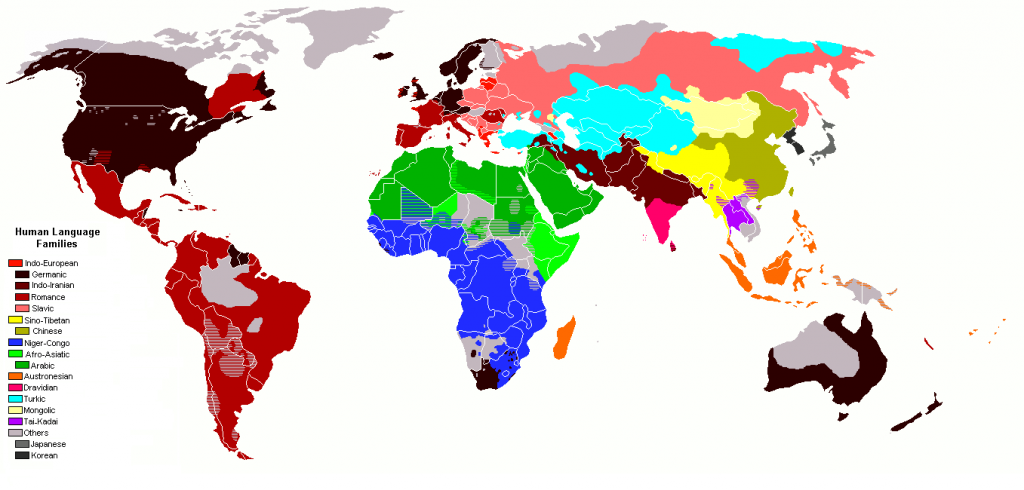It is common practice to rank human languages by the number of native speakers, but such rankings must be approached with caution. Distinguishing between languages in a dialect continuum poses significant challenges. This is due to the absence of clear linguistic criteria to differentiate them effectively.
For instance, a language is often defined as a set of mutually intelligible varieties. However, independent national standard languages, despite being largely mutually intelligible, can still be considered separate languages. A prime example of this is the case of Danish and Norwegian. Conversely, languages like German, Italian, and even English encompass varieties that are not mutually intelligible, leading to further complexity.
The Arabic language is another example of the complexity of language classification. While some consider it a single language centered on Modern Standard Arabic, others view its mutually unintelligible varieties as separate languages.
Similarly, Chinese is often viewed as a single language due to shared culture and a standard literary language. However, it is common to describe various Chinese dialect groups, such as Mandarin, Wu, and Yue, as separate languages, even though each group contains many mutually unintelligible varieties.
Additionally, obtaining reliable counts of speakers is a challenging task. Population changes and language shifts over time can cause variations in speaker numbers. Accurate language statistics becomes difficult in areas with limited census data or outdated information. Sometimes, census data may not record spoken languages or do so ambiguously. Occasionally, speaker populations are inflated for political reasons, or speakers of minority languages may be underreported in favor of a national language.
Despite these complexities and challenges, rankings of human languages by native speakers remain a subject of interest. Below are rankings based on data from Ethnologue (2023) and the CIA World Factbook (2018 estimates):

Languages with at least 50 million first-language speakers (Ethnologue 2023):
- Mandarin Chinese (939 million)
- Spanish (485 million)
- English (380 million)
- Hindi (345 million, excluding Urdu and other languages)
- Portuguese (236 million)
- Bengali (234 million)
- Russian (147 million)
- Japanese (123 million)
- Yue Chinese (86.1 million, including Cantonese)
- Vietnamese (85.0 million)

Languages with significant native speaker populations (CIA World Factbook 2018 estimates):
- Mandarin Chinese (12.3% of world population)
- Spanish (6.0%)
- English (5.1%)
- Arabic (5.1%)
- Hindi (3.5%)
- Bengali (3.3%)
- Portuguese (3.0%)
- Russian (2.1%)
- Japanese (1.7%)
- Western Punjabi (1.3%)
- Javanese (1.1%)
These rankings provide insights into the linguistic diversity and complexity of languages worldwide while highlighting the challenges in accurately quantifying language populations.
Read also: Top 10 Countries that Speak English as a Primary Language and Most spoken languages of the World


